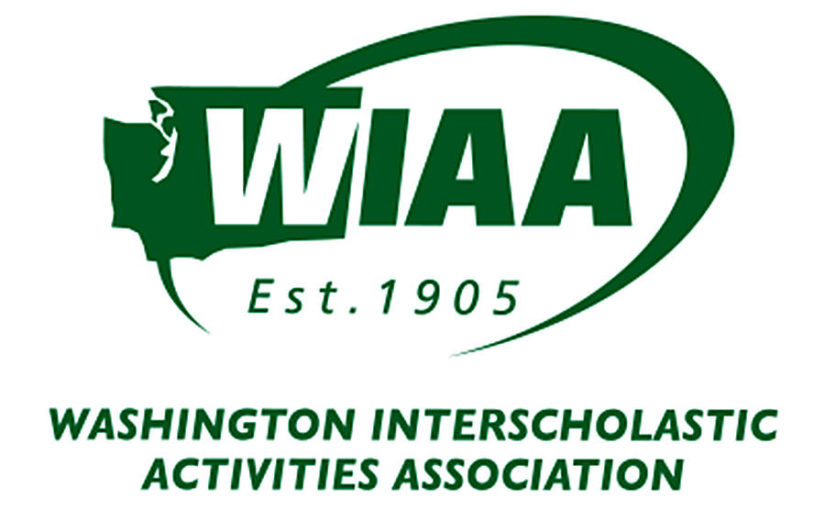25 Rules Revisions Made To High School Field Hockey
http://www.highschoolot.com/field-hockey-rule-changes-focus-on-penalties-signals/12135766/
Among the 25 rules revisions to high school field hockey rules for 2013-14 will be several dealing with penalty cards and official signals.The National Federation of State High School Associations (NFHS) Field Hockey Rules Committee, at its January 9-11 meeting in Indianapolis, revised several rules aimed at reducing confusion and increasing the pace of play. All changes subsequently were approved by the NFHS Board of Directors.
Effective with the 2013-14 season, a player who is issued a green card will be required to leave the field of play for two minutes (8-2-2a), and the player’s team will play short-handed for the duration of the penalty. The game clock will stop while the official issues the card. Once the official calls for the clock to begin and the game to resume, the penalty time begins.
“The committee wanted to add some teeth to the issuance of the green card,” said Elliot Hopkins, director of educational services and editor of the NFHS Field Hockey Rules Book. “Before, the green card was a warning, basically a slap on the wrist. The green card carrying a two-minute penalty will get the players’ and coaches’ attention.”
Once a card is issued, Rule 8-2-2e defines the location of players serving penalty time for a green or yellow card as being at the scorer’s table on the same side as their team bench. The rule allows coaches and officials to manage players easily, and avoids the risk of players not returning at the appropriate time.
A revision to Rule 4-4 Penalties now states that violations of substitution rules by either team will result in misconduct penalties being assessed to the head coach of the offending team using the card progression (green, yellow, red).
Another change to penalties involves the taking of a penalty corner. Rule 10-2 previously consisted of three penalties, which were deleted.
“The committee provided 10 separate elements of how to deal with a player who is violating the penalty corner and direction on how to officiate and penalize it,” Hopkins said.
The committee also made changes to the official signals for dangerous play and bully. When a dangerous play is noted by an official, he or she will place one forearm diagonally across the chest with the hand at the opposite shoulder. The new signal for a bully calls for the official to move his or her hands alternately up and down in front of the body with palms facing each other. These changes will help avoid confusion and provide clear indication when a call is made.







